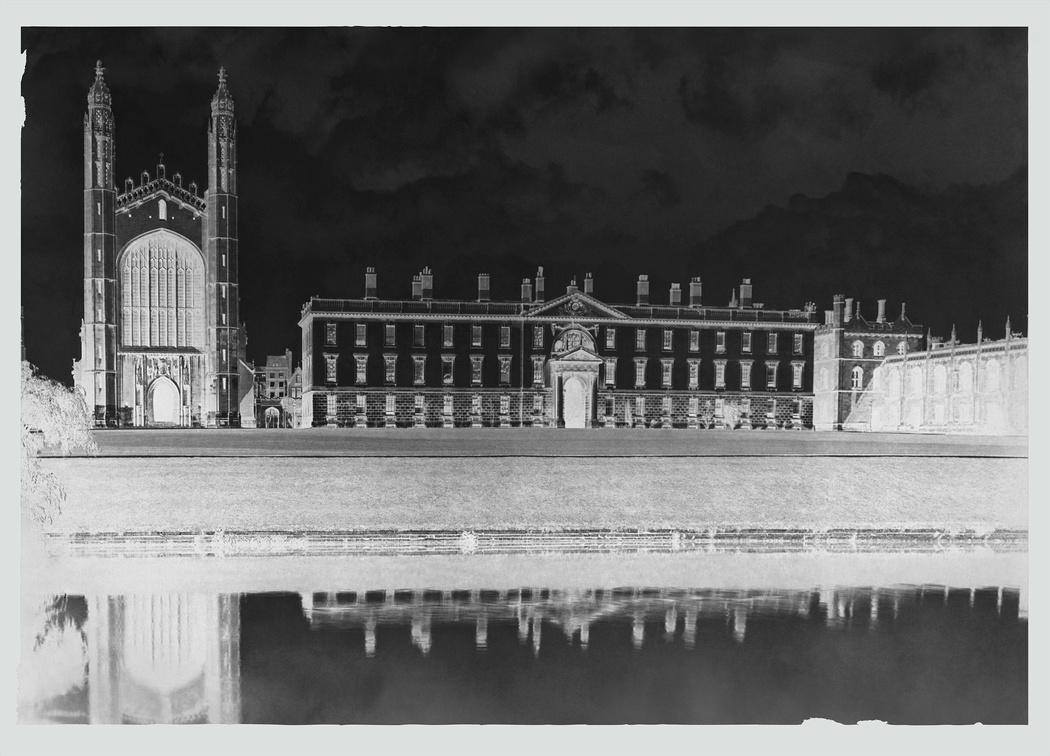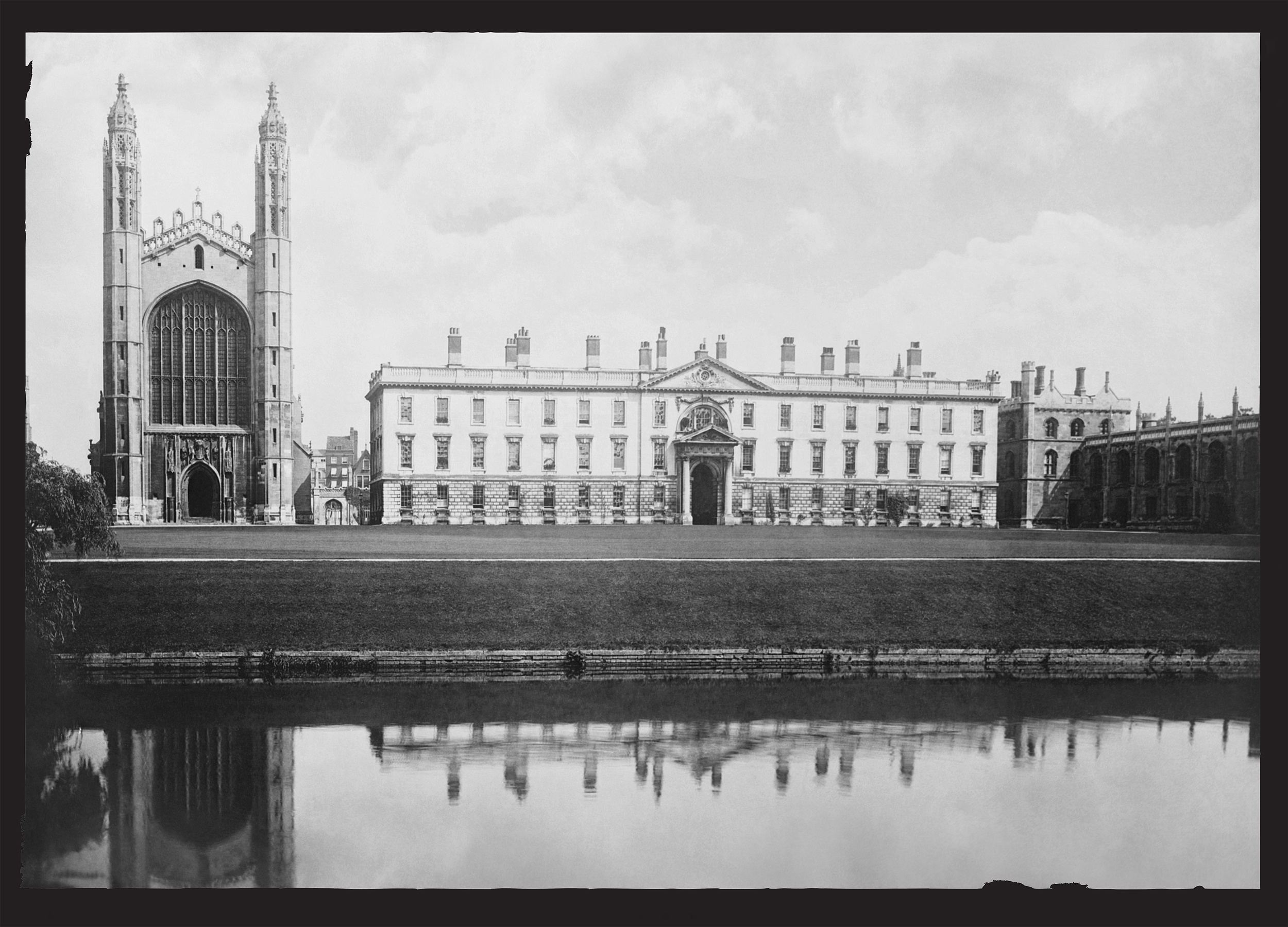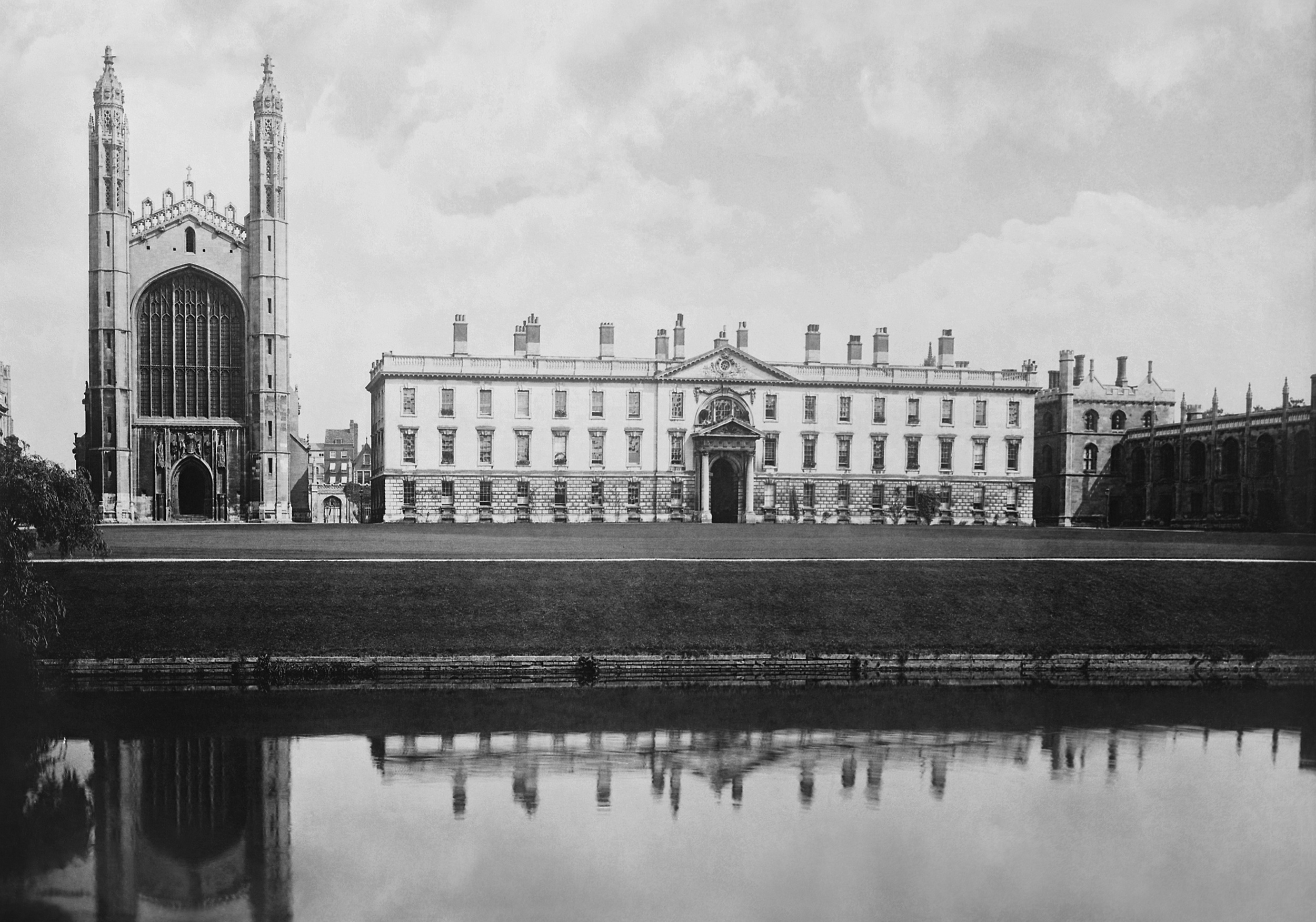
Photographic ‘plates’ preceded photographic film as a capture medium in photography. The light-sensitive emulsion of silver salts was coated onto a glass plate, typically thinner than common window glass.
Collodian wet plate negatives were in use from the early 1850s until the 1880s. Using glass produced a sharp, detailed and stable negative. The photographer, however, was on the clock. The wet plate process, including exposure and processing, had to happen before the collodion emulsion dried. Collodion wet plate negatives characteristically have uneven emulsion coatings, and thick glass with rough edges. Occasionally, the photographer’s thumb will be visible on the corner or edge of the plate (from holding the plate while coating it in the collodion emulsion).
Silver gelatin dry plate negatives, on the other hand, were usable when dry and thus more easily transported, and required less exposure to light than the wet plates. Invented by Dr. Richard Maddox and first made available in 1873, dry plate negatives were the first economically successful and durable photographic medium. Dry plate negatives were typically made on thinner glass plates, with a more evenly coated emulsion. Dry plate glass negatives were in common use between the 1880s and the late 1920s. During the same period, photographs made on glass plates were often copied onto magic lantern slides for the purpose of projecting them onto a wall during a public lecture.
In this example, the scan of the glass plate is shown below, firstly with original border and also without to show the full frame.


King's College Chapel & Fellows' Buildings, Cambridge by George Washington Wilson